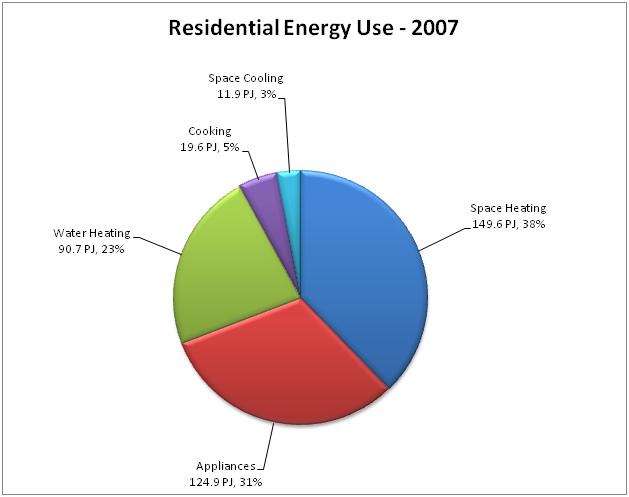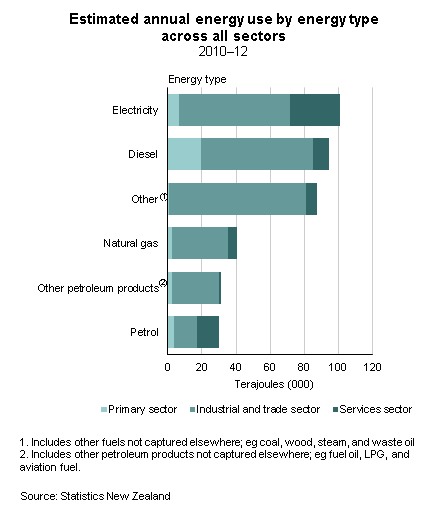Week 11 - Energy
1. "Green" Design
1.1. Resource Efficiency
 Resource efficiency and waste production are two important considerations for the design of sustainable buildings.
Resource efficiency and waste production are two important considerations for the design of sustainable buildings.
In the USA, 40% of energy consumption and 16% of total water consumption comes from buildings. In NZ, commercial buildings account for around 9% of total energy use and 21% of New Zealand's electricity use (costing approximately 1.25 billion/yr). It has been estimated that $280 million of this could be saved through energy efficiency measures (NZGBC, 2014). Imagine how this figure would look residential buildings ? (image courtesy of energyrating.gov.au).
 In addition, buildings represent between 15-40% of waste in landfills. National resource consumption could be greatly reduced by large-scale improvements in building efficiency. Reducing energy use in building saves resources and money while reducing pollution and CO2 in the atmosphere (Means, 2011). This is especially true because power production is notoriously inefficient. It has been observed that for every 100 units of fuel burnt, only 9.3 units are produced as usable energy - a very inefficient process.
In addition, buildings represent between 15-40% of waste in landfills. National resource consumption could be greatly reduced by large-scale improvements in building efficiency. Reducing energy use in building saves resources and money while reducing pollution and CO2 in the atmosphere (Means, 2011). This is especially true because power production is notoriously inefficient. It has been observed that for every 100 units of fuel burnt, only 9.3 units are produced as usable energy - a very inefficient process.